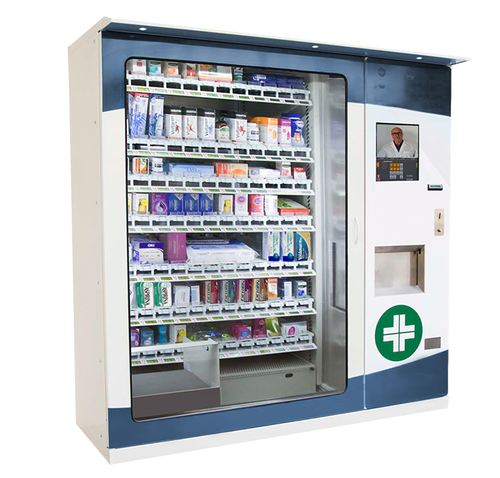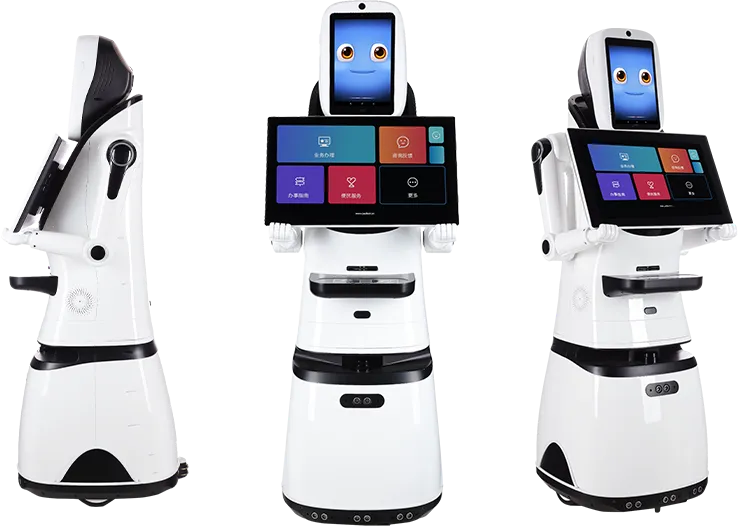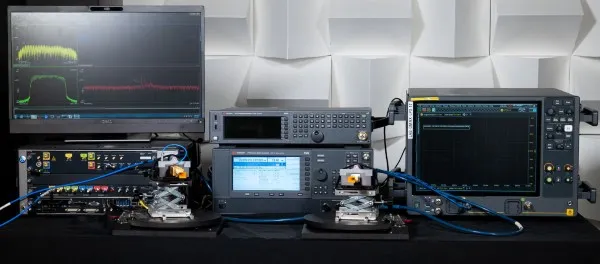Overview
With the continuous development of artificial intelligence technology, intelligent pharmacies are becoming a new trend in retail pharmacy. Smart pharmacy vending machines are an important component of intelligent pharmacies. With 24/7 operation and convenient access, they are changing traditional dispensing models and are being deployed in hospitals, community centers, and other locations.
Functionality and Safety
Smart pharmacy vending machines provide 24-hour self-service and are controlled by a main control system. They include payment devices and transaction accounting to enable self-service purchases. These machines must comply with strict drug safety requirements, including dedicated air conditioning to ensure constant-temperature storage. Voice recognition modules and communication modules support remote voice consultation and online medical inquiry services to help ensure safe medication use.
Hardware Platform
Because of high integration requirements for hardware functions, extensive I/O interface needs, and demands for reliability and stability, an i.MX8M Plus carrier board is a suitable choice for implementation. It integrates a 2.3 TOPS NPU and supports multiple serial ports, which facilitates system integration and rapid deployment of AI-driven features.
The platform uses a quad-core Cortex-A53 processor running at 1.6 GHz. The multi-core architecture and relatively high clock speed enable the vending machine to handle concurrent tasks such as real-time monitoring of drug status, user interface responsiveness, and payment processing, improving responsiveness and user experience.
Connectivity and I/O
The carrier board can provide two onboard gigabit Ethernet ports, WiFi, and 5G support to ensure stable communications for remote monitoring and maintenance. This enables timely access to inventory, sales data, and fault information to support management optimization.
The board exposes abundant I/O interfaces including USB, I2C, CAN, GPIO, and PCIe. These interfaces allow connection of temperature sensors, voice recognition modules, high-definition cameras, and other peripherals to enable functions such as face recognition and remote consultation.
Display, Memory, and Storage
Multiple display interfaces are supported, including LVDS, MIPI-DSI, and HDMI, with capability for three-screen simultaneous or independent display. This meets requirements for advertising delivery and user interaction across different deployment scenarios.
Memory and storage options include LPDDR4 and support for up to 32 GB eMMC plus one TF card interface, providing sufficient memory and storage for historical transaction records and drug management data to ensure efficient data access and system operation.
Software Support
The platform supports Linux and Android operating systems, offering broad hardware compatibility and an extensive application ecosystem to accommodate different platform and system requirements.
 ALLPCB
ALLPCB








